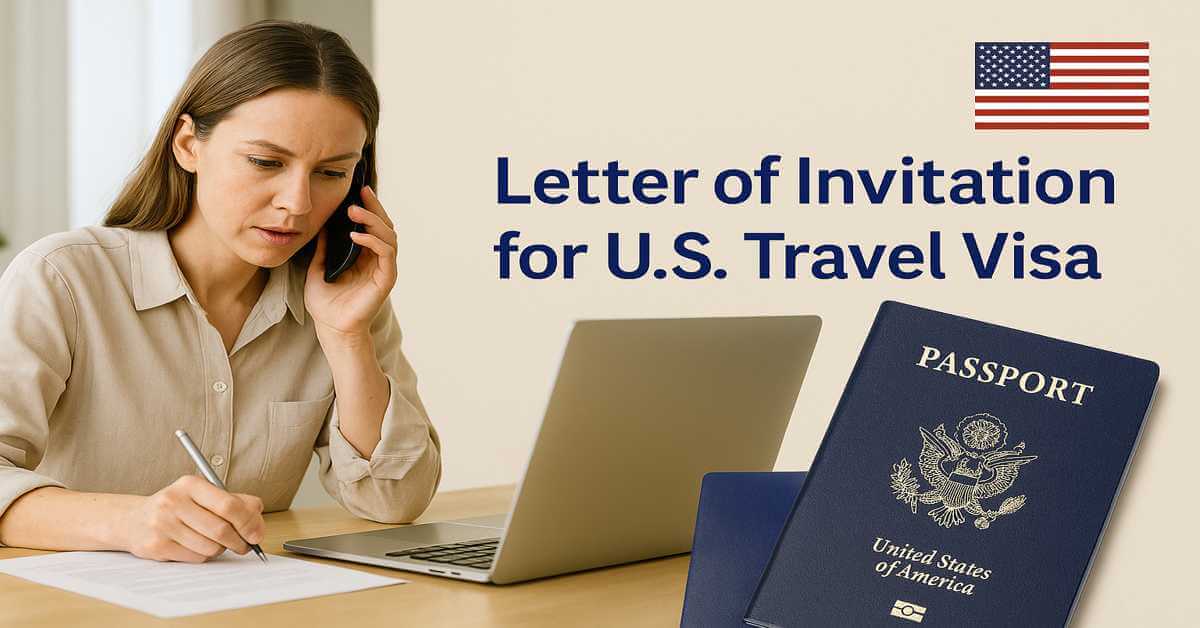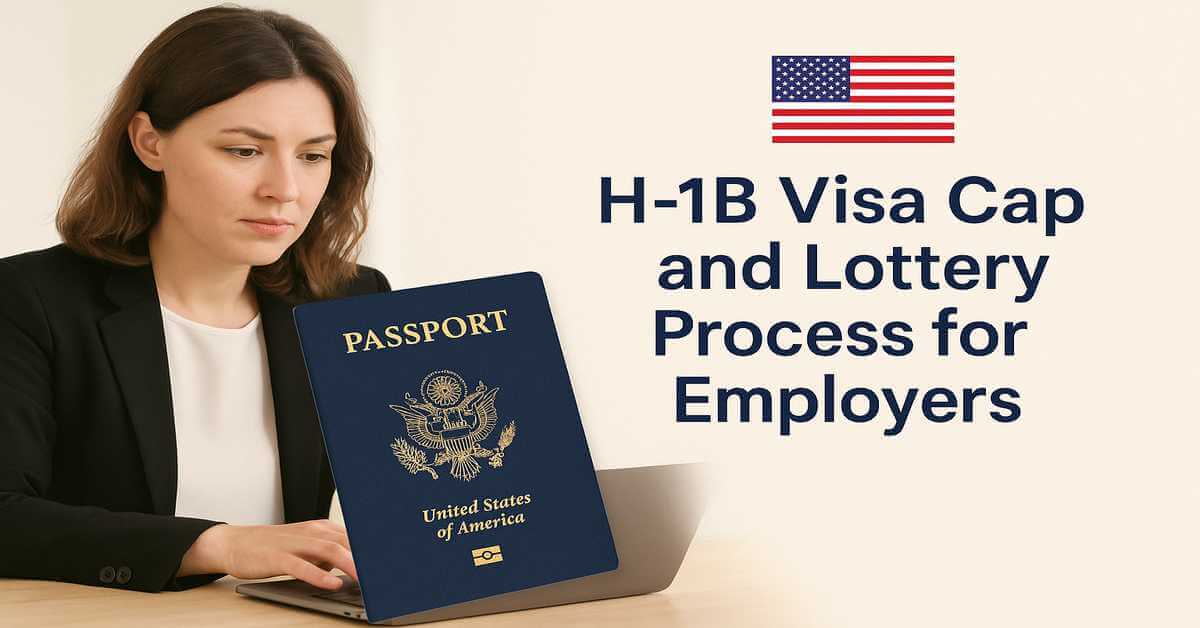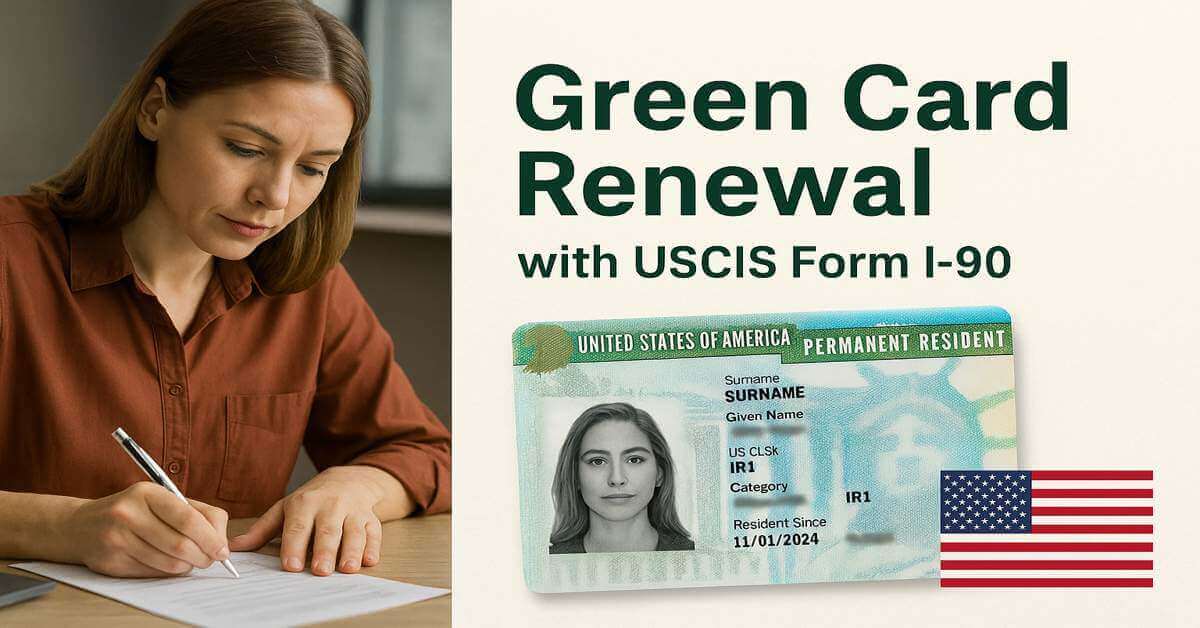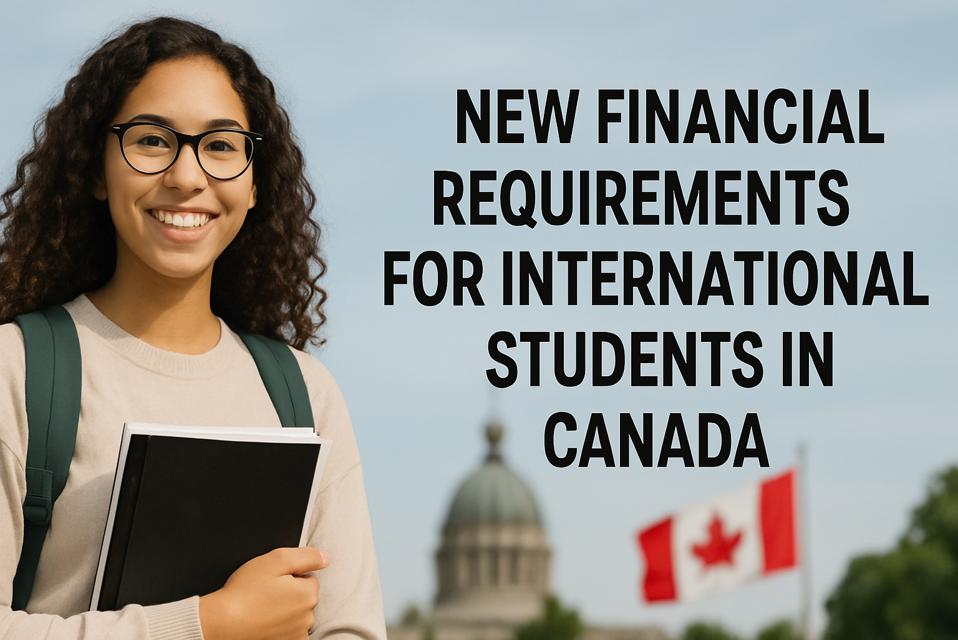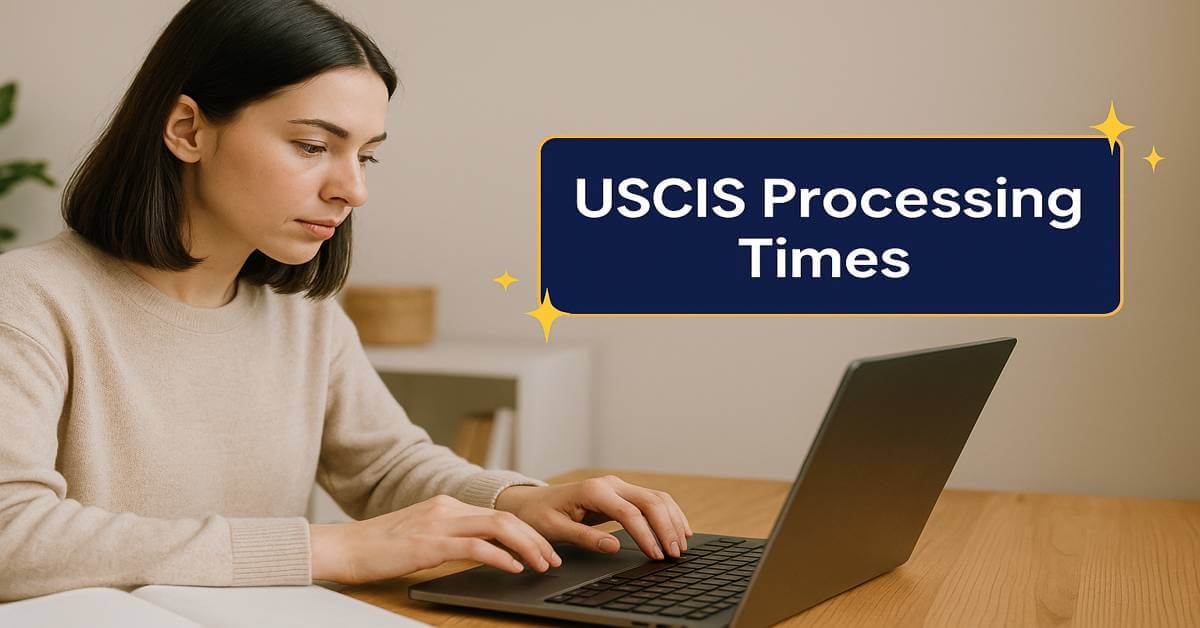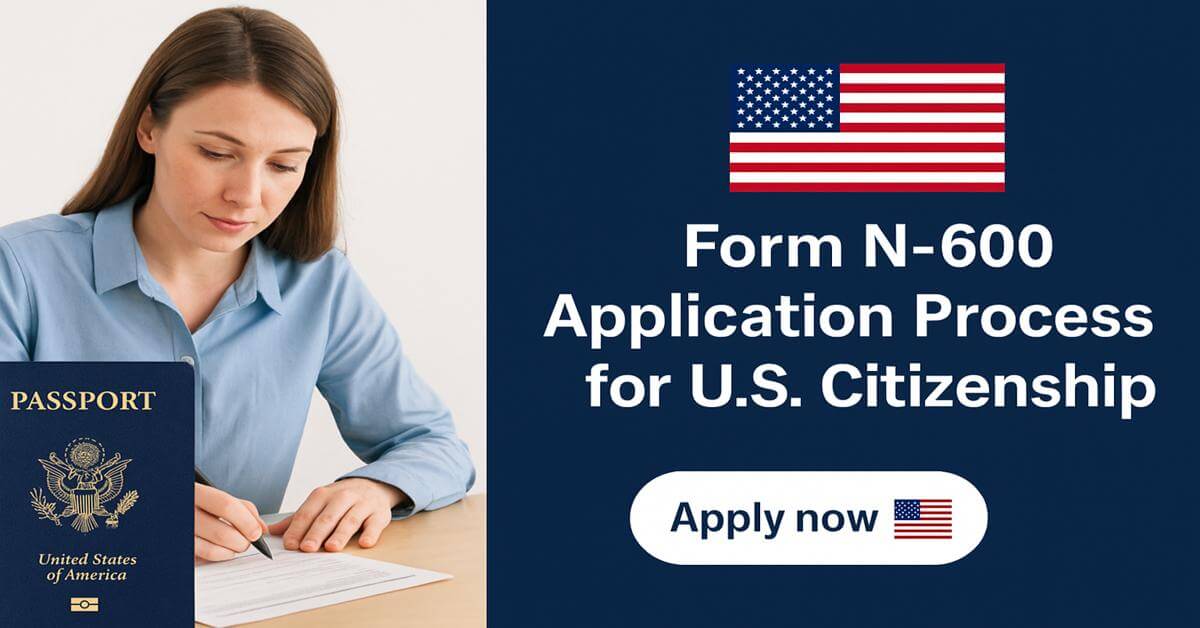Applying for a U.S. B-1/B-2 visa can feel overwhelming. While a letter of invitation from a relative or friend living in the U.S. is not mandatory, including one may provide helpful context to your application by confirming your accommodation plans and travel purpose.
This guide explains what a letter of invitation is, when it may be useful, what to include, and provides a sample letter you can adapt for your situation.
Disclaimer: This article is for informational purposes only and does not constitute legal advice. For personalized guidance, consult a qualified immigration attorney or refer to the official U.S. Department of State Visitor Visa page.
Introduction:
A letter of invitation is a signed document from your U.S.-based host—usually a family member or close friend—confirming that you will be staying with them during your visit. It helps consular officers understand your travel plans and ties to the U.S., but it does not guarantee visa approval.
Generally, it’s preferred that the host is a U.S. citizen or lawful permanent resident (green card holder), as this lends credibility.
When Is a Letter of Invitation Helpful?
- If you are visiting family or friends for tourism or short business purposes.
- When you want to clearly show your accommodation arrangements.
- For first-time travelers who want to strengthen their application by providing evidence of ties.
- When applying from a country with higher visa refusal rates.
Note that the letter alone will not override other eligibility requirements, such as proving you intend to return to your home country.
Read Also: U.S. EB-1 Visa Explained – Immigration Path for Individuals
Factors in Letter:
A complete letter of invitation typically contains:
- Host’s full name and contact information
- Host’s immigration status (e.g., U.S. citizen, green card holder)
- Relationship to the visa applicant
- Visa applicant’s full name and address
- Purpose of the trip (tourism, family visit, business)
- Exact dates of stay
- Accommodation details (where the applicant will stay)
- Host’s signature and date
Optional but helpful additions:
- Statement of financial support (if the host will cover any expenses)
- Copies of host’s proof of status (passport or green card)
- Notarization (though not required, may add credibility)
Important Information:
- The letter should be personal and specific to your visit.
- Include accurate dates and addresses to avoid confusion.
- The letter does not replace your obligation to prove strong ties to your home country.
- It’s not necessary to have the letter notarized, but doing so may provide additional assurance.
Official Information:
Conclusion:
A letter of invitation can be a useful supporting document for your B-1/B-2 visa application but remember it’s only one piece of the puzzle. Always prepare a complete application with truthful information, and consider consulting an immigration professional if you need tailored assistance.
Frequently Asked Questions:
Does the letter guarantee visa approval?
No. The letter of invitation is only one supporting document. Visa approval depends on multiple factors, including ties to your home country, financial stability, and overall eligibility.
Who can write a letter of invitation?
Typically, a close relative, friend, or business contact residing legally in the U.S.—preferably a U.S. citizen or green card holder—can write the letter.
Is a letter of invitation required for a U.S. travel visa?
No, a letter of invitation is not mandatory for applying for a B-1/B-2 travel visa, but it can help support your application by confirming your accommodation and purpose of visit.

